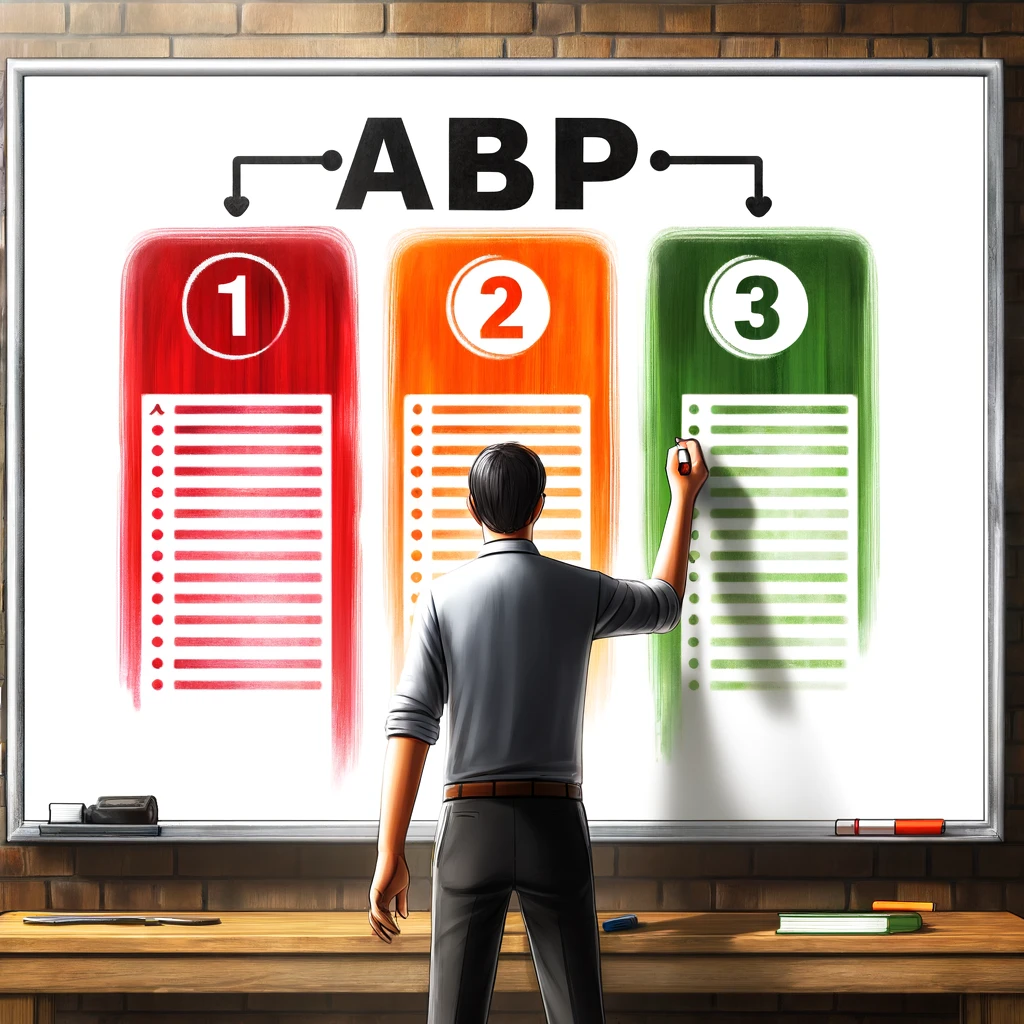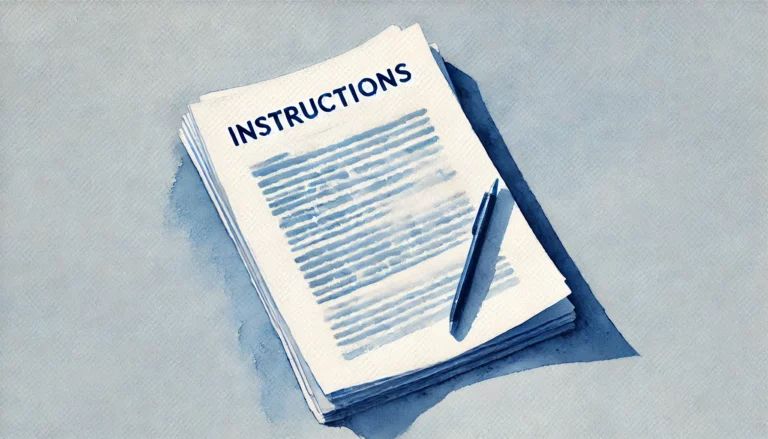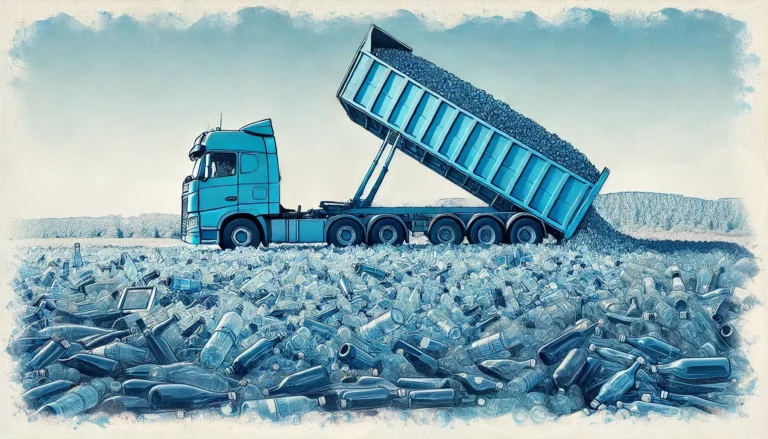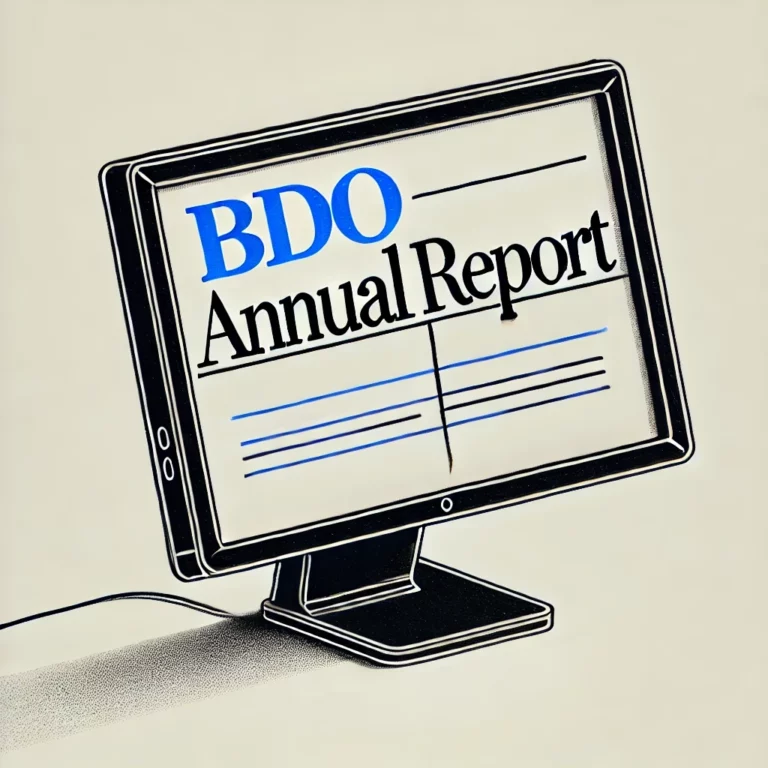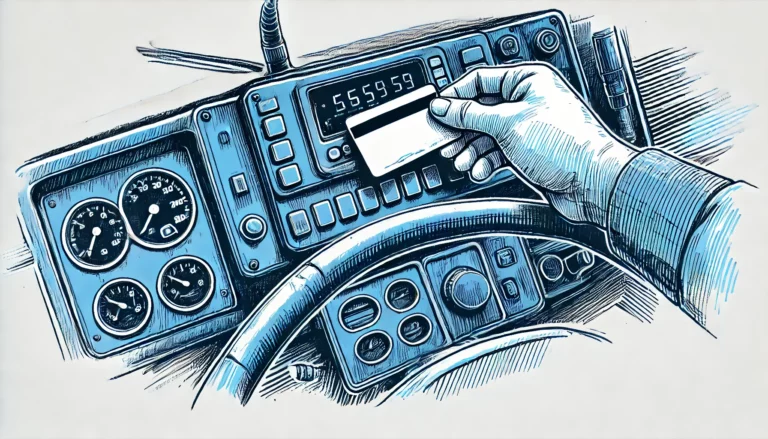Animal by-products – categories and their usage
When we think about animal products, we usually think about meat, milk, or eggs. However, there are many parts of animals that are not eaten. These are called animal by-products, and they’re used for lots of different things, from pet food to biofuel. In this article, we’ll explore how these by-products are transported, how they’re categorized, their uses, and the growing opportunities for those in the transport business.
How EU tackled ABP transport
Transporting animal by-products (ABPs) is a big job. It involves moving parts of animals that are not eaten from place to place. In the European Union (EU), this has to be done very carefully to prevent any health risks, like spreading diseases.
Initially, the EU had trouble because each country had different rules, which made it complicated for truck drivers who had to cross borders. To fix this, the EU made a set of rules that all countries must follow. These rules make sure that ABPs are transported safely and cleanly, keeping both the environment and public health protected.
Do you want to know more about transport of animal by-products? Contact us:
3 steps to better understand animal by-products
When diving into the world of animal by-products (ABPs), think of them as a staircase with three steps. Each category of by-products represents a different step, showing how we use parts of animals that are not eaten. Just like they say, the first step is always the hardest. And this is particularly true for ABPs, where the first category involves handling the most hazardous materials. As we move from one step to the next, the risks decrease and the possibilities for use increase. Let’s take a closer look at each of these steps to better understand how the ABP industry manages these resources safely and efficiently.
Category 1 (Cat 1): High Risk
What’s in it:
- Parts from animals with serious diseases like BSE (mad cow disease)
- Animals that have been exposed to harmful chemicals or contaminants
What we do with it:
- They’re mostly burned in special facilities to ensure they are disposed of safely
- Some parts are used to make biofuel, under strict controls to prevent any health risks
By understanding these categories, it becomes clearer how the ABP industry works to utilize every part of an animal in a safe and effective manner, turning what might be waste into valuable resources.
Category 2 (Cat 2): Medium Risk
What’s in it:
- Parts from animals that died naturally or from diseases not transmissible to humans
- Manure and digestive contents from livestock
- Blood and feathers that can’t be used for consumption
What we do with it:
- They’re converted into biogas, which is used as a renewable energy source
- They’re turned into organic compost for agriculture, helping to enrich soil
Category 3 (Cat 3): Low Risk
What’s in it:
- Parts from healthy animals that are simply not used for human food, like trimmings or bones
- Fish parts left over from seafood processing, like heads and tails
- Shells from eggs not fit for consumption and by-products from milk processing
What we do with it:
- They’re made into pet food, providing nutritious meals for pets
- They’re used to produce non-food items like gelatin, which goes into making sweets, jellies, and even capsules for medicines
- Certain fats are rendered to make ingredients for cosmetics, like creams and lotions
What the future holds for ABPs
The future of animal by-products is looking pretty exciting, especially with new ways to turn them into useful stuff. Here’s what’s happening:
- Bioplastics: Scientists are making plastics from animal by-products that can break down naturally. These new bioplastics work a lot like the regular plastics we use every day for things like packaging and products, but they’re way better for the environment because they’re made from renewable resources.
- Biodiesel: There’s also big news in turning animal fats into biodiesel, a type of fuel. This process uses something called transesterification, where animal fats are transformed into a cleaner fuel that can be used in vehicles and machines. This not only helps get rid of waste fats but also cuts down our need for fossil fuels, making it a double win for the planet.
More work for ABP transporters
The animal by-products (ABPs) industry is growing fast, making it a smart choice to invest time and money into specialized transport services. Here’s why it’s a good move:
- The demand for safe and efficient transport of ABPs is rising due to stricter rules and new uses for these materials, like in biodiesel and bioplastics. This growth isn’t just local; it’s a global trend. Transport companies that can handle these materials under tight safety standards will find more work available.
- Also, as the industry finds new ways to use ABPs, transport needs are diversifying. Whether it’s high-risk materials needing secure handling or lower-risk products for everyday use, the variety of jobs is expanding. Investing in the right training and equipment now can place your business at the center of this booming industry.
In short, diving into the ABP transport sector is not just about meeting today’s needs. It’s an opportunity to grow your business in a field that’s set to become even more important in the future.

